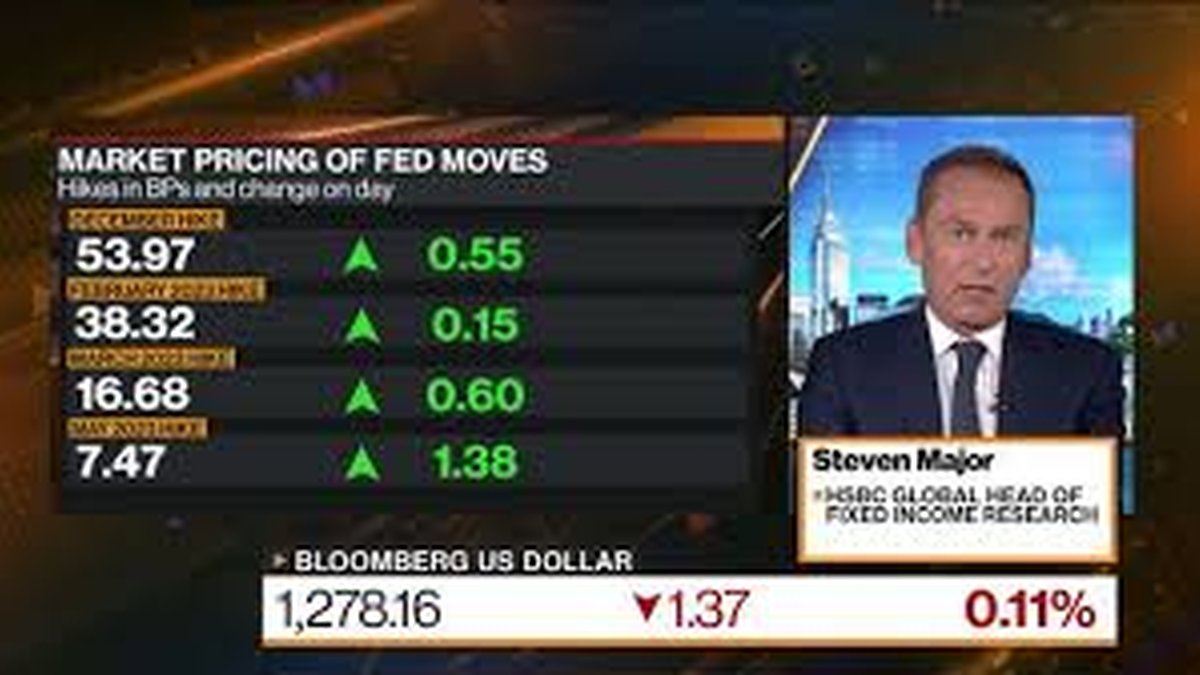Global Bond Market Rebounds as Central Banks Shift Toward Policy Flexibility
The global bond market staged a significant rebound this week, reflecting renewed investor optimism as central banks across major economies—from the European Central Bank (ECB) to the Bank of Japan (BOJ)—signaled a more flexible and data-dependent policy approach. The shift marks a potential inflection point after months of hawkish monetary tightening, as policymakers increasingly acknowledge signs of cooling inflation and moderating growth.
Central Bank Signals and Market Reactions
1. European Central Bank: Liquidity Support and Caution
The ECB reaffirmed its readiness to deploy liquidity tools to ensure orderly financial conditions across the eurozone. While maintaining its inflation-fighting stance, officials emphasized the need to balance price stability with financial stability. The statement was perceived as dovish, leading to a decline in German bund yields and narrowing peripheral spreads, particularly in Italy and Spain.
2. Bank of Japan: Delay in Tightening
In Asia, the BOJ hinted at delaying further policy normalization amid fragile domestic growth and a still-muted inflation outlook. This dovish tilt led to a pullback in Japanese government bond (JGB) yields, easing concerns over global liquidity tightening and supporting risk appetite across Asian equities and emerging market debt.
3. Federal Reserve: Patience and Data Dependence
Meanwhile, U.S. Federal Reserve officials reiterated a commitment to a data-dependent approach, suggesting no rush to either hike or cut rates. This nuanced stance reassured investors that policymakers are attuned to economic conditions and willing to adapt as inflation trends evolve.
Market Implications and Asset Class Movements
1. Bond Yields and Duration Demand
Benchmark yields across major developed markets declined sharply, with the U.S. 10-year Treasury yield dropping below 4.5% for the first time in weeks. Demand surged for longer-duration bonds as investors repositioned for a potentially less restrictive policy environment. Corporate credit spreads tightened modestly, reflecting improved risk sentiment and renewed appetite for yield-bearing assets.
2. Spillover Effects on Equities and Commodities
Equity markets rallied alongside bonds, as lower yields boosted valuations and supported cyclical sectors such as technology and industrials. Commodities, particularly gold and industrial metals, benefited from a softer dollar and expectations of easier financial conditions. However, energy prices remained volatile, with rising oil costs posing a potential inflationary headwind.
Strategic Insights: Balancing Flexibility and Risk
1. Inflation Risks Persist
Despite the rebound, strategists caution that the rally may be short-lived if inflation proves more persistent than anticipated. Rising energy prices and geopolitical disruptions—such as tensions in the Middle East—could reignite price pressures and force central banks back into a tightening stance.
2. Growth Divergence Across Regions
Economic growth trajectories remain uneven. While the U.S. economy continues to show resilience, Europe faces stagnation risks, and Japan’s recovery is tentative. This divergence complicates coordinated policy actions and may lead to asynchronous monetary paths, influencing capital flows and currency dynamics.
3. Portfolio Positioning
Institutional investors are recalibrating fixed-income allocations, favoring sovereign bonds and high-grade corporates over riskier assets. Duration extension strategies are gaining traction as investors anticipate a gradual shift toward neutral policy settings over the next year.
Outlook: A Cautious Optimism
Market participants are embracing cautious optimism, betting that the worst of global monetary tightening may be behind us. Yet, vigilance remains key, as inflation volatility and fiscal imbalances could challenge central banks’ newfound flexibility. For now, the synchronized decline in yields and improving sentiment across asset classes suggest a more constructive environment for balanced portfolios.
Key Takeaways
- Central banks signal greater flexibility, supporting bond market recovery.
- Yields decline globally, boosting equities and commodities.
- Persistent inflation risks could cap the rally’s duration.
- Investors favor duration extension and high-quality credit exposure.
Bottom line: The global bond rebound reflects shifting central bank narratives toward patience and adaptability. While this pivot improves near-term sentiment, sustaining the rally will depend on the trajectory of inflation and global growth in the months ahead.







